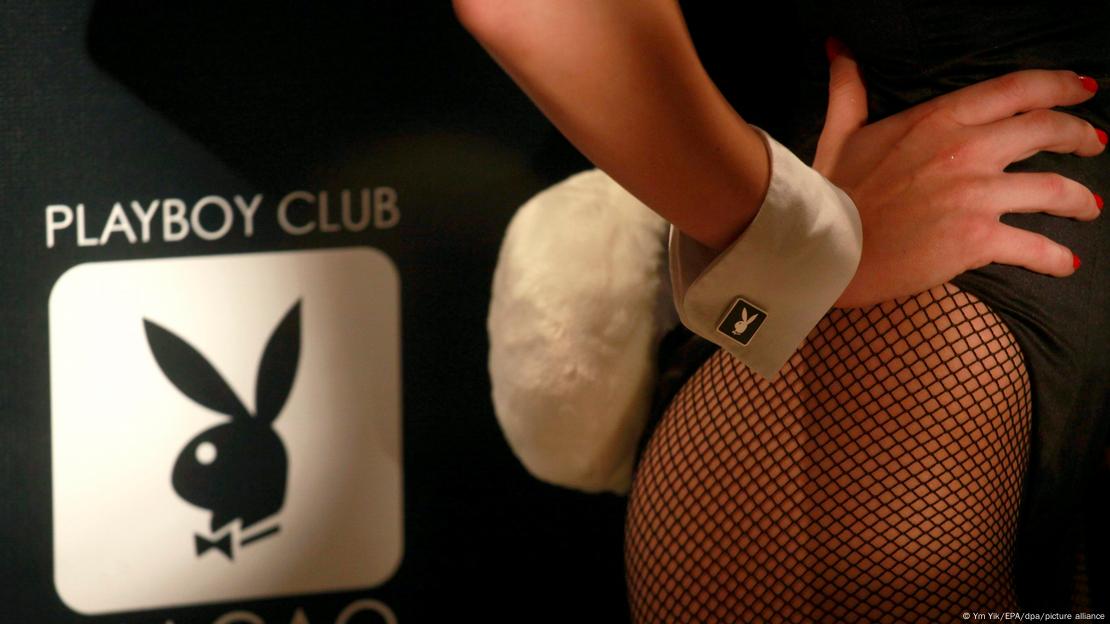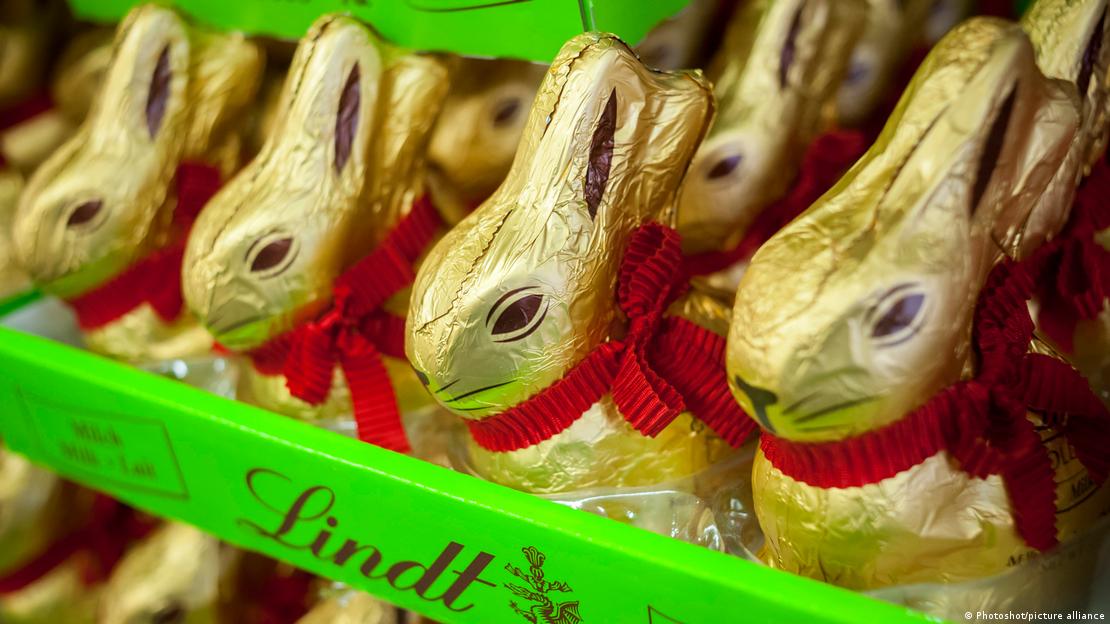The first day of the Chinese New Year falls on January 22 this year. Also known as the Spring Festival or Lunar New Year, the festival marking the advent of spring is widely celebrated in China and several East Asian countries.
Families traditionally gather during this time to share sumptuous meals, while children are often given money in red packets known as “hong bao.”
The start of the Lunar Year also sees the rotation of the Chinese zodiac that runs over a 12-year cycle, each represented by an animal.
There are several stories explaining the zodiac: One legend goes that the Jade Emperor — an important Chinese deity — had invited all the animals to a “great race,” with the first 12 winning his favor.
The 12 who made it in order of appearance are the rat, ox, tiger, rabbit, dragon, snake, horse, goat, monkey, rooster, dog and pig.

Famous rabbit personalities
If you were born in 1915, 1927, 1939, 1951, 1963, 1975, 1987, 1999, 2011 or 2023, you’re a rabbit.
Notable rabbits of pop culture include American founder and CEO of Amazon Jeff Bezos, Argentinian footballer Lionel Messi, Chinese martial arts actor Jet Li, Colombian author and winner of the Nobel literature prize Gabriel Garcia Marquez, French singer Edith Piaf as well as German-born physicist Albert Einstein and the recently deceased Pope Benedict.
Each animal year is further associated with one of five elements — wood, fire, earth, metal, or water. So more precisely, 2023 is the year of the water rabbit.
Considered the luckiest animal in the Chinese zodiac, they are seen as trickster animals in some Native American cultures, while in Aztec mythology, they are associated with drunkenness and promiscuity.
However, most cultures seem agreed on one thing: the rabbit is overwhelmingly seen as a symbol of prosperity, abundance and fertility — the latter for the animal’s renowned reproductive prowess.

At the moon’s service
Curiously across diverse cultures, the rabbit has also been closely associated with the moon, with the common reasoning that its markings visible from earth apparently resemble a rabbit or a hare.
In several East Asian cultures, the rabbit is said to be seen in the moon with a mortar and pestle. In Chinese folklore, the Jade Rabbit, often portrayed as the Moon Goddess Chang’e’s companion, is said to be pounding the elixir of life. Similar moon rabbit legends exist among some First Nations people in North and Central America too.
From cute to creepy: rabbits on celluloid
Warner Brothers’ shrewd, wisecracking, carrot-chewing Bugs Bunny as well as Disney‘s Thumper from the 1942 animated film “Bambi” are the standard representation of an animal that people often favor as family pets after dogs and cats.
Other onscreen rabbits were creepier. The 2001 American science fiction psychological thriller “Donnie Darko” saw actor Jake Gyllenhall as the titular character who has visions of Frank, a figure clad in a rabbit costume who manipulates him to commit some crimes.
And of course, who can forget the unfortunate pet rabbit that got cooked in 1987’s “Fatal Attraction,” starring Michael Douglas and Glenn Close — a cautionary tale about one-night stands and obsessive lovers.
Down the rabbit hole
The White Rabbit — who was always late despite owning a pocket watch — is perhaps one of the most iconic rabbits in literature, playing a pivotal role in Lewis Carroll’s “Alice’s Adventures in Wonderland.”
The book even inspired Jefferson Airplane’s 1967 song, “White Rabbit.”
The band definitely saw references to drugs in Carroll’s novel from 1865: “‘Alice In Wonderland’ is blatant,” said singer Grace Slick in an interview discussing the inspiration for their song: “‘Eat me!’ She gets literally high, too big for the room. ‘Drink me!’ The caterpillar is sitting on a psychedelic mushroom smoking opium!”
Muse for art
Created by American artist Jeff Koons in 1986, “Rabbit” is a series of three identical stainless steel sculptures. One of the editions sold for $91.1 million (€84.2 million) in May 2019, making it the most expensive work sold by a living artist at auction.
“Look at the ‘Rabbit,'” Koons once said in an interview with David Sylvester, a British art critic and curator. “It has a carrot to its mouth. What is that? Is it a masturbator? Is it a politician making a proclamation? Is it the Playboy Bunny? … It’s all of them.”
A different species of bunny
The Playboy Bunny is another iconic reference to the sexual nature of the rabbit. Playboy Bunnies, the waitresses at Playboy Clubs, wear bunny ears, skimpy basques, black tights, bobtails, bow ties and cuff links.
The bunny “has a sexual meaning,” said Hugh Hefner, founder of the Playboy empire in an interview in 1967, “because it’s a fresh animal, shy, vivacious, jumping — sexy. First it smells you, then it escapes, then it comes back, and you feel like caressing it, playing with it. A girl resembles a bunny. Joyful, joking,” said the controversial magazine publisher who died in 2017 at the age of 91.

Bearers of chocolate
Perhaps one of the “sweeter” stories about bunnies is that of the Lindt chocolate bunny. A popular gift given especially to children in countries that celebrate the Christian holiday of Easter, the iconic gold foil-covered bunny was first created in 1952.
The story goes that the daughter of one of the company’s master chocolatiers had spotted a bunny in the long grass as their family was having Easter brunch. However it took off as the child approached it, leaving her heartbroken. To cheer her up, her father came up with the idea of a chocolate bunny.
The company’s website states it now produces 150 million Lindt Gold Bunnies annually in over 50 countries worldwide. The chocolate manufacturer is of course promoting its bunnies for the Chinese New Year too.

And it keeps going and going …
There are so many representations of rabbits in pop culture that this list could keep going on forever, so let’s end it with the famous transatlantic battle of the bunnies — namely between battery-making companies Duracell and Energizer. The drum-playing, pink Duracell Bunny made its debut in 1973, but by 1988, its trademark had lapsed.
Shortly afterwards, a pink, sprightly Energizer Bunny made its debut in an advertisement that slyly threw shade at the Duracell Bunny’s “endurance” with its battery toy that kept “going and going and going.”
A couple of trademark court cases ensued and after an out-of-court agreement in 1992, Energizer (and its bunny) now have exclusive trademark rights in the United States and Canada, while Duracell (and its bunny) have exclusive rights elsewhere in the world.
Incidentally, the rabbit is also a symbol of longevity in traditional Chinese culture.
Source : Deutsche Welle










